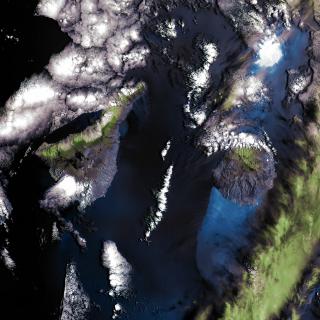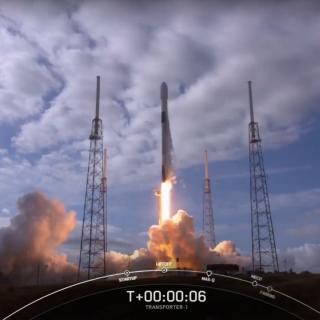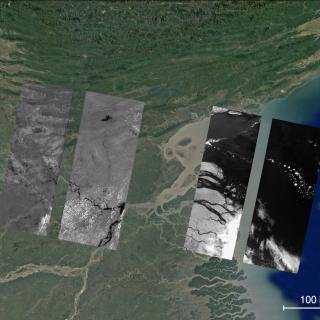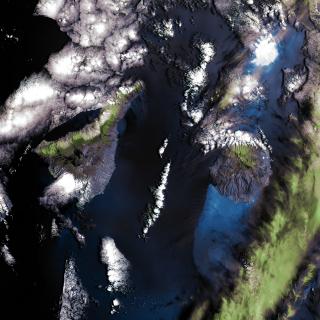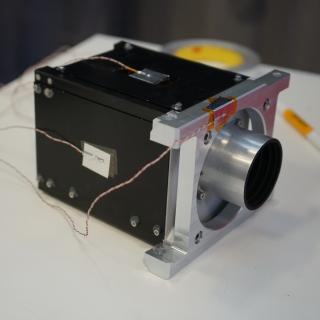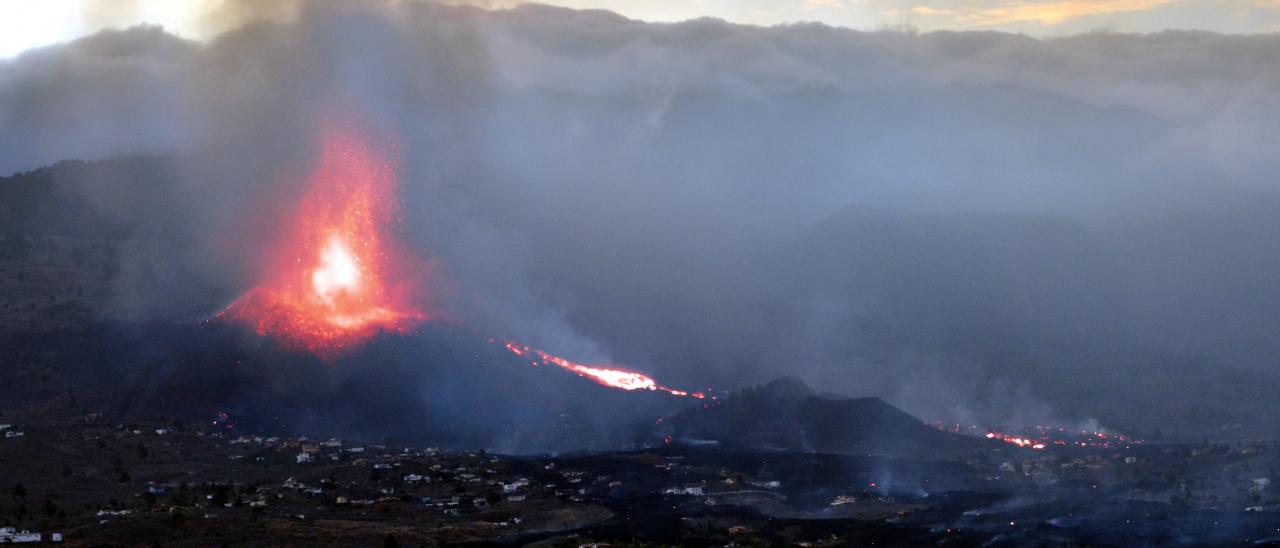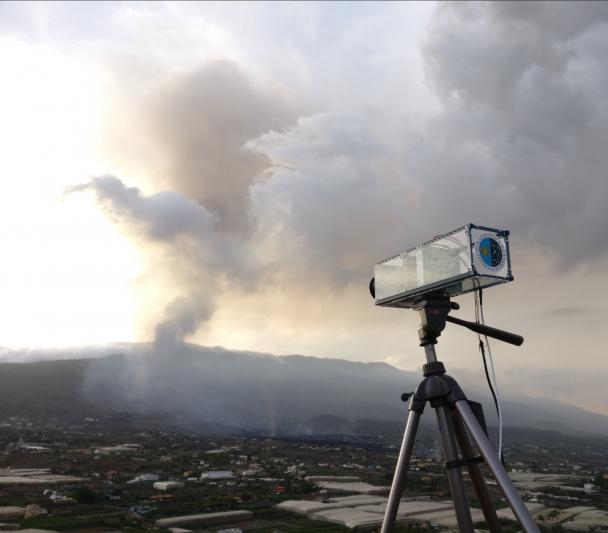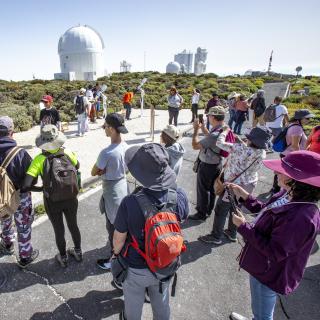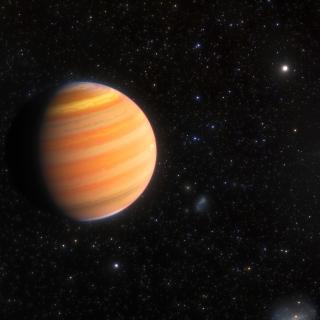The eruption on La Palma has provided a unique scenario for testing the DRAGO instrument, the infrared camera of the Instituto de Astrofísica de Canarias (IAC) which has been observing the Canary Islands from space since January.
One of the objectives for which DRAGO was designed is monitoring natural disasters, especially those which could occur in the Canaries, such as forest fires, petroleum spills, or volcanic eruptions. The role of DRAGO is to provide infrared images from space to help the management and control of these disasters.
In the case of the eruption which began on September 19th on the island of La Palma, and in order to carry out the most complete possible test, images were taken not only with the satellite-. Images were also taken in situ with the engineering model of the DRAGO camera, which is a ground-based copy of the one currently in orbit.
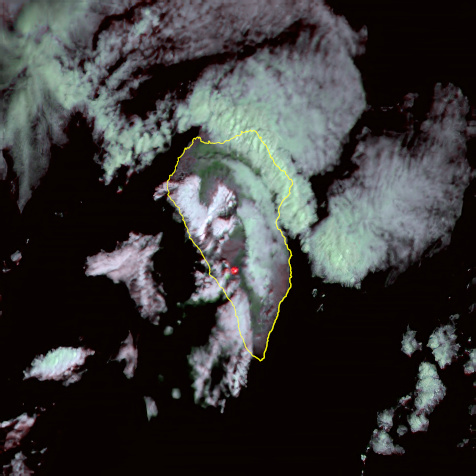
The main characteristic of DRAGO is that it is short wave infrared (SWIR) camera which observes in two bands at the same time, at 1100 and 1600 nanometres. These bands are not visible to the human eye nor to conventional cameras, and they have the property of being able to pass through smoke more easily than visible radiation.
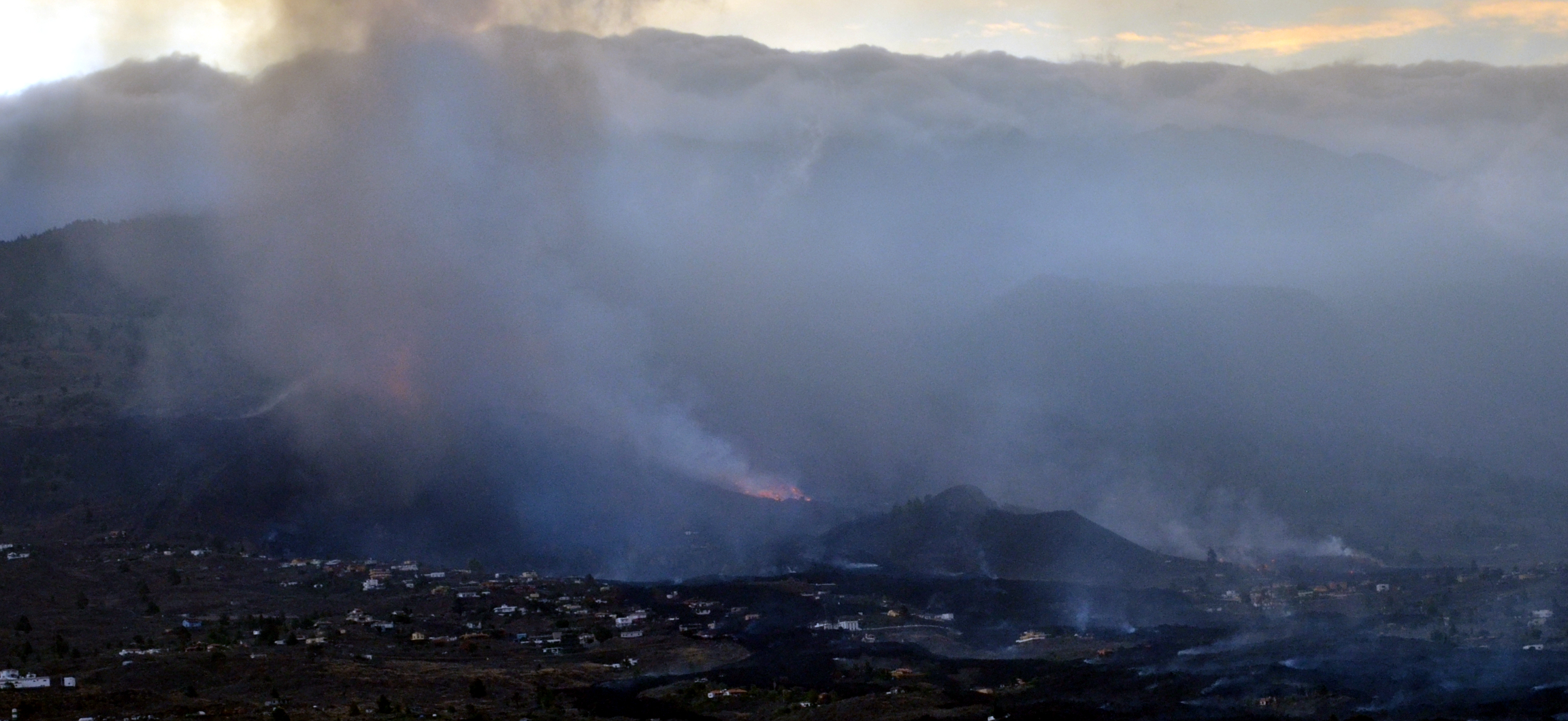
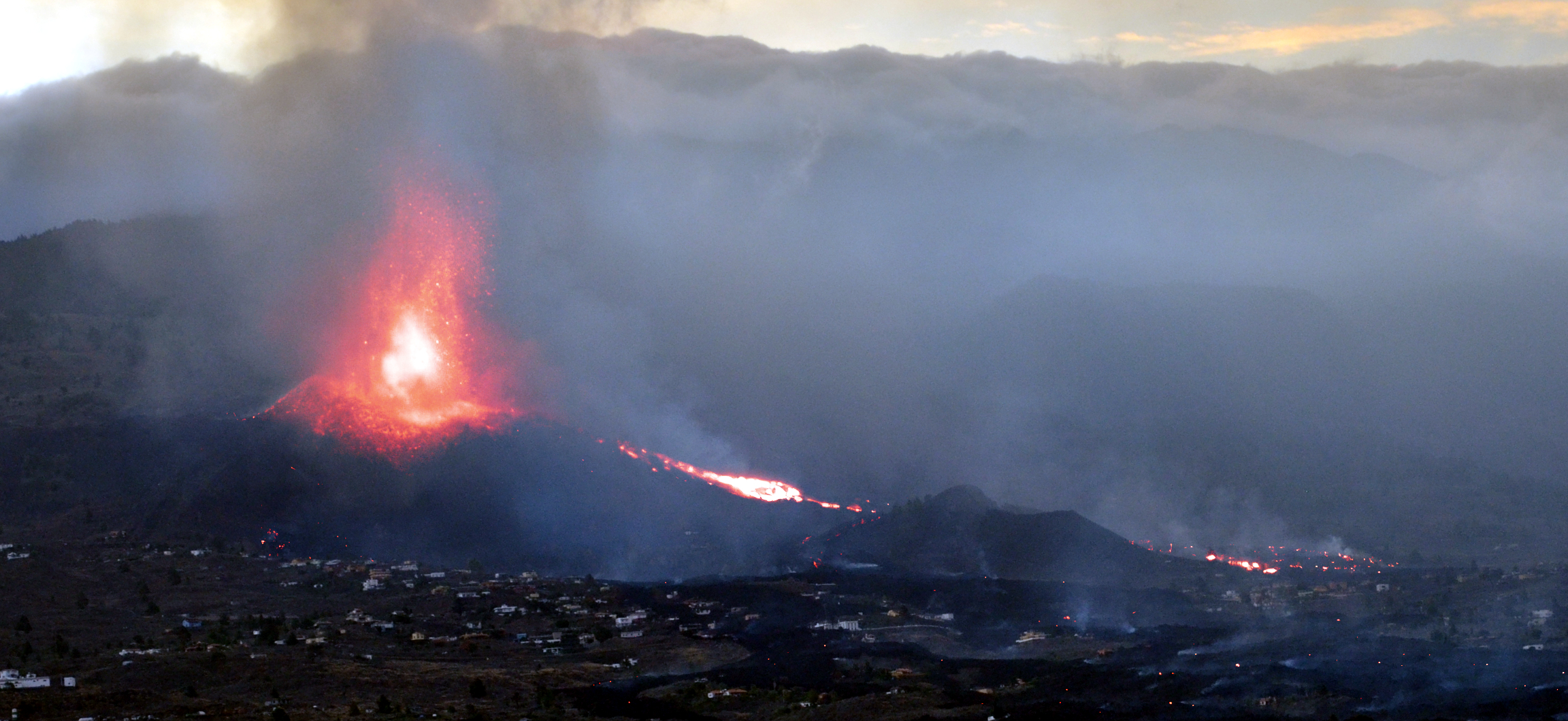
Thanks to this test we can see empirically the power of penetration of short wavelength infrared radiation through the smoke of the eruption and of the neighbouring fires. As explained by Carlos Colodro, the electronic engineer of IACTEC-Space, “The particles of smoke emitted by the volcano scatter visible light strongly, so much so that they can completely block our vision. On the other hand the type of “invisible light” to which DRAGO is sensitive passes through smoke with much less scattering, which allows us to distinguish details of the volcano or of the lava which would otherwise be hidden.
Ignacio Sidrach, software engineer at IACTEC-Space adds, “In spite of the scientific success of the tests made on La Palma, we must note a number of limitations. These images were taken from a secure site at a considerable distance, and with wide field optics, so they do not give all the information needed by the emergency services, with whom we have collaborated on other occasions, and with which we are very happy to collaborate as far as we can, when they ask us to do so”.
José Alonso, the manager of IACTEC-Space concludes by saying “When we will have, in the near future, new versions of DRAGO in space, with better resolution and performance, and we are working on this within IACTEC-Space, we will be able to obtain much more detailed and useful information on this type of disasters, with the final aim of minimizing their impact on society”.
